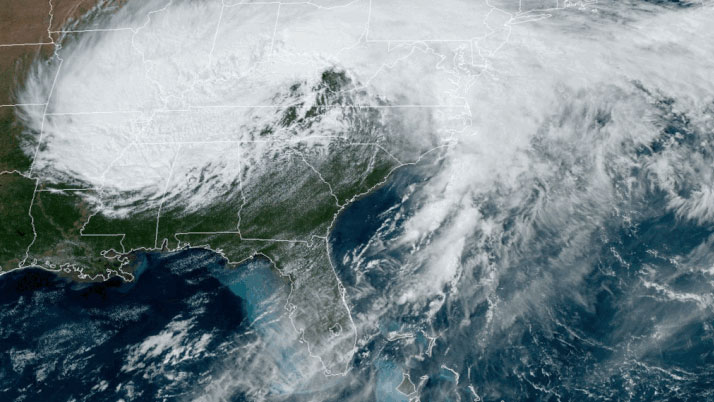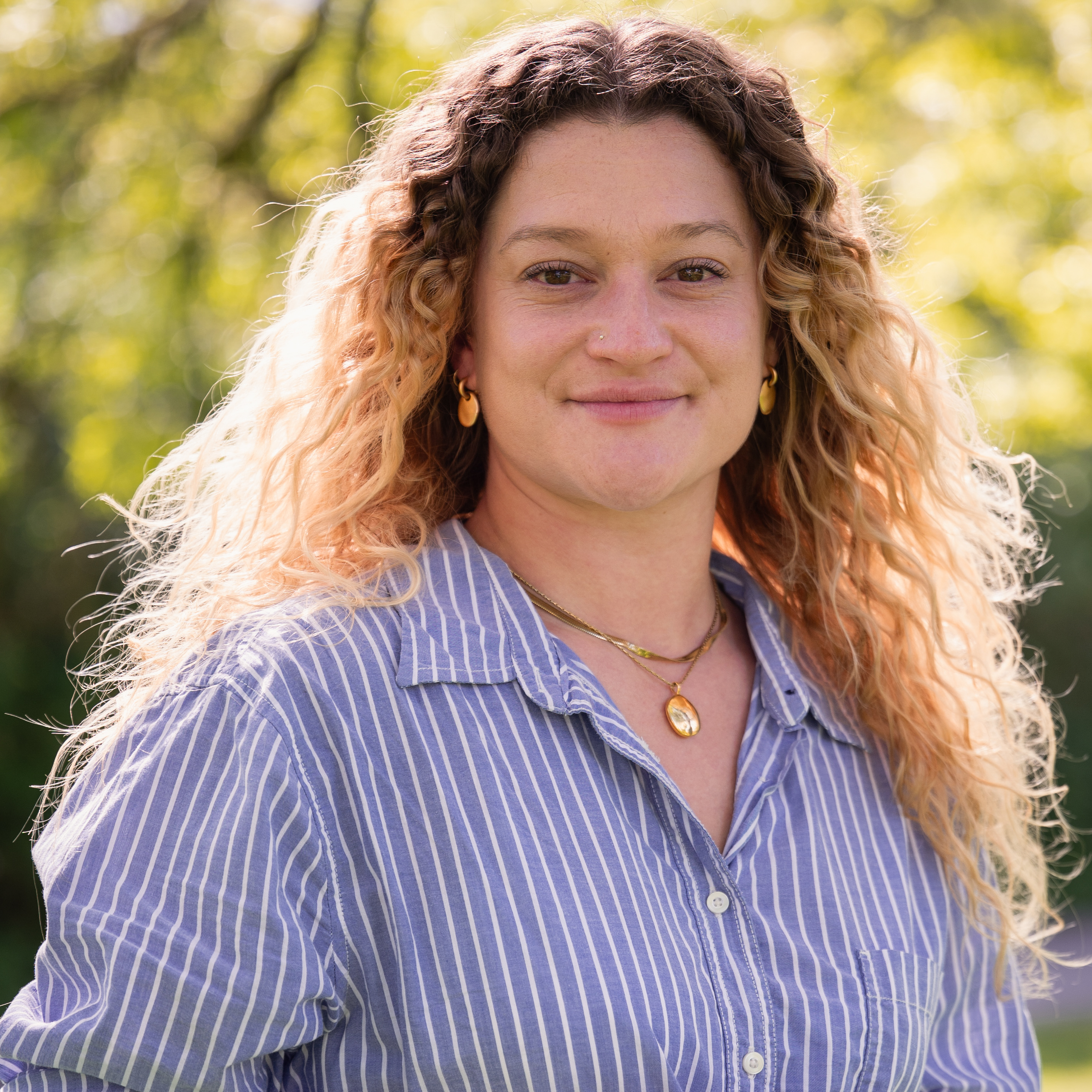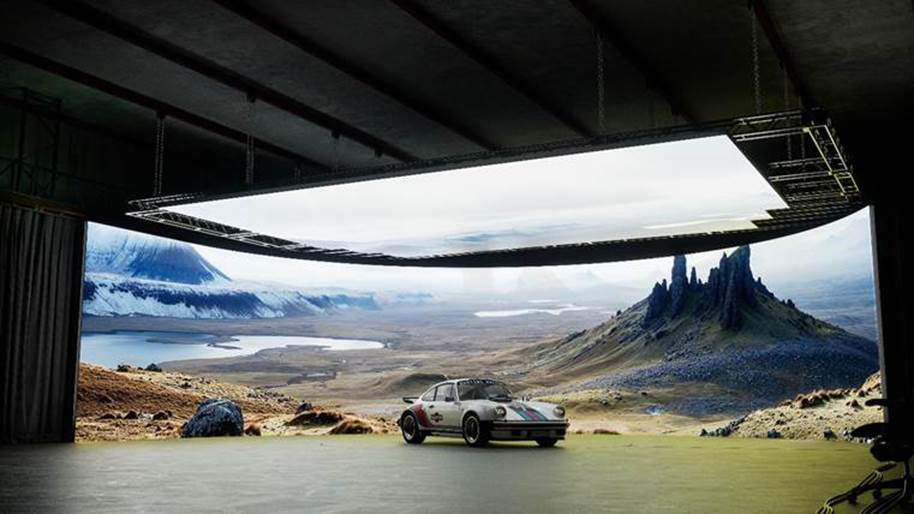Fake AI weather photographs are on the rise – here’s how to tell fact from fiction
In the wake of Hurricane Helene, multiple AI generated images were generated and distributed leading to unhelpful conspiracy theories and misinformation

Artificial intelligence-enhanced images are all over social media in this day and age, with individuals able to create fake images in seconds using widely available programs such as Adobe Firefly.
According to AccuWeather meteorologist and senior weather editor Jesse Ferrell, “Artificial Intelligence has become a significant challenge for the weather photography community. Although AI is boosting business productivity and efficiency worldwide, it's making it harder and harder to tell fact from fiction.”
When Hurricane Helene hit late last year, the internet was awash with fake AI images, generating many conspiracy theories that took significant attention away from the victims in need of aid.

AI images of children floating alone in emergency dinghies led to conspiracy theories online, including the idea that the government controls the weather and creates hurricanes to punish certain states, the Federal Emergency Management Agency (FEMA)stealing money and denying people body bags, and piles of bodies outside hospitals.
“If you share photos from a generic social media account, you might be supporting a “click farm ", says Ferrell, “which is an often-automated social media page or group that games the algorithm to generate revenue used for nefarious deeds.”
“But more importantly,” adds Ferrell, “sharing a fake photo will reduce the social media algorithm shares of legitimate photos that photographers have spent considerable time, money and talent to create.”
Based Senator Mike Lee deleted this. Because someone told him this viral MAGA photo is AI and not Kamala abandoning kids and puppies. pic.twitter.com/DhXZB9j9k6October 3, 2024
Think about whether the image violates meteorological principles, says Ferrell. “When it comes to atmospheric optics, the sky is nothing if not mathematically accurate. As AccuWeather Meteorologist Geoff Cornish points out in his video on the topic, rainbows always occur opposite the sun, auroras generally don't occur during sunsets and the northern lights are mostly green or red, not orange and purple.
Get the Digital Camera World Newsletter
The best camera deals, reviews, product advice, and unmissable photography news, direct to your inbox!
“In the photo comparison above, the image on the left, generated with AI, shows ice halos that are the wrong colors, and that aren't equidistant from the sun. Even though the photo on the right is more fantastical, it's the real deal, was taken in Germany and was showcased in our weather photo blog in 2022.”
You can also use Images.Google.com to source the image. If you can’t find the original image, it’s likely fake, and you can also use sites like AIorNot.com to see the likelihood of the image being made with AI.
Take a look at our guides to the best AI image generators, the best cameras for astrophotography, and the best professional cameras.

After graduating from Cardiff University with an Master's Degree in Journalism, Media and Communications Leonie developed a love of photography after taking a year out to travel around the world.
While visiting countries such as Mongolia, Kazakhstan, Bangladesh and Ukraine with her trusty Nikon, Leonie learned how to capture the beauty of these inspiring places, and her photography has accompanied her various freelance travel features.
As well as travel photography Leonie also has a passion for wildlife photography both in the UK and abroad.
You must confirm your public display name before commenting
Please logout and then login again, you will then be prompted to enter your display name.
